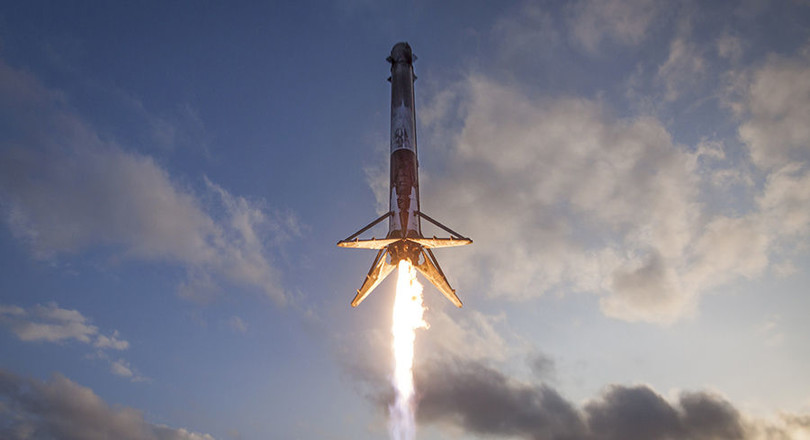
On Friday 15 December, SpaceX launched a reused rocket and space capsule together for the first time from Cape Canaveral Air Station in Florida. The purpose of this mission is to restock the international space station.
The payload of this spacecraft weighs some 2000 kg, and includes important necessities for the 250+ scientific studies taking place in the international space station. One example is NASA's Total and Spectral Solar Irradiance Sensor, which measures how much energy the sun emits.
The spacecraft comprises a Falcon 9 rocket and a Dragon space capsule, both of which have been used in previous missions. After the launch, Falcon 9 returned successfully to a SpaceX landing site, while the Dragon completed its trajectory to the international space station. The Dragon arrived at its destination earlier this week, with astronauts using a robot arm to dock the capsule with the space station. In roughly one month, the Dragon will return to earth with a payload of over 1600 kilograms.
THE FALCON 9
In 2015, SpaceX managed for the first time to get the Falcon 9 to land again after launch. Since then, the rockets have been returning in one piece more often. This year, SpaceX used the very first reusable rocket from 2015 for the first time for a new mission.
In the past, rockets have either remained in space after a mission or plunged into the ocean. Even rockets that returned to earth were so badly damaged from their re-entry to the atmosphere that they were no longer usable. And that meant they were only used once, while production costs are astronomical. Reusable rockets help to reduce the cost of space travel. If rockets were as reusable as aeroplanes, then the cost of space travel would drop by a factor of 100.
After launching, part of the Falcon 9 returned to earth. The landing procedure is fully automated: during the descent, small rocket engines at the top ensure the rocket returns in vertical position. As it descends, rocket engines at the bottom slow its final approach. Just before landing, the four deployable landing legs unfold and the engines provide the final deceleration, ensuring the rocket lands in a controlled manner.
LIVING ON ANOTHER PLANET
In June 2017, SpaceX launched a reusable Dragon capsule for the first time, attached to a (new) Falcon 9 rocket. The Falcon 9 and the Dragon were originally designed to transport people, and they are currently working hard to realise this. The first manned Dragon flight is expected to take place in 2018. The Falcon 9 and the Dragon are products of the SpaceX company which was founded in 2002 by Elon Musk. SpaceX designs and produces advanced rockets with the ultimate goal of making human life on other planets possible.
Text: Maaike Lambers
Opening photo: SpaceX rocket lands for the second time.
Nieuwsbrief
Vond je dit een interessant artikel, abonneer je dan gratis op onze wekelijkse nieuwsbrief.

